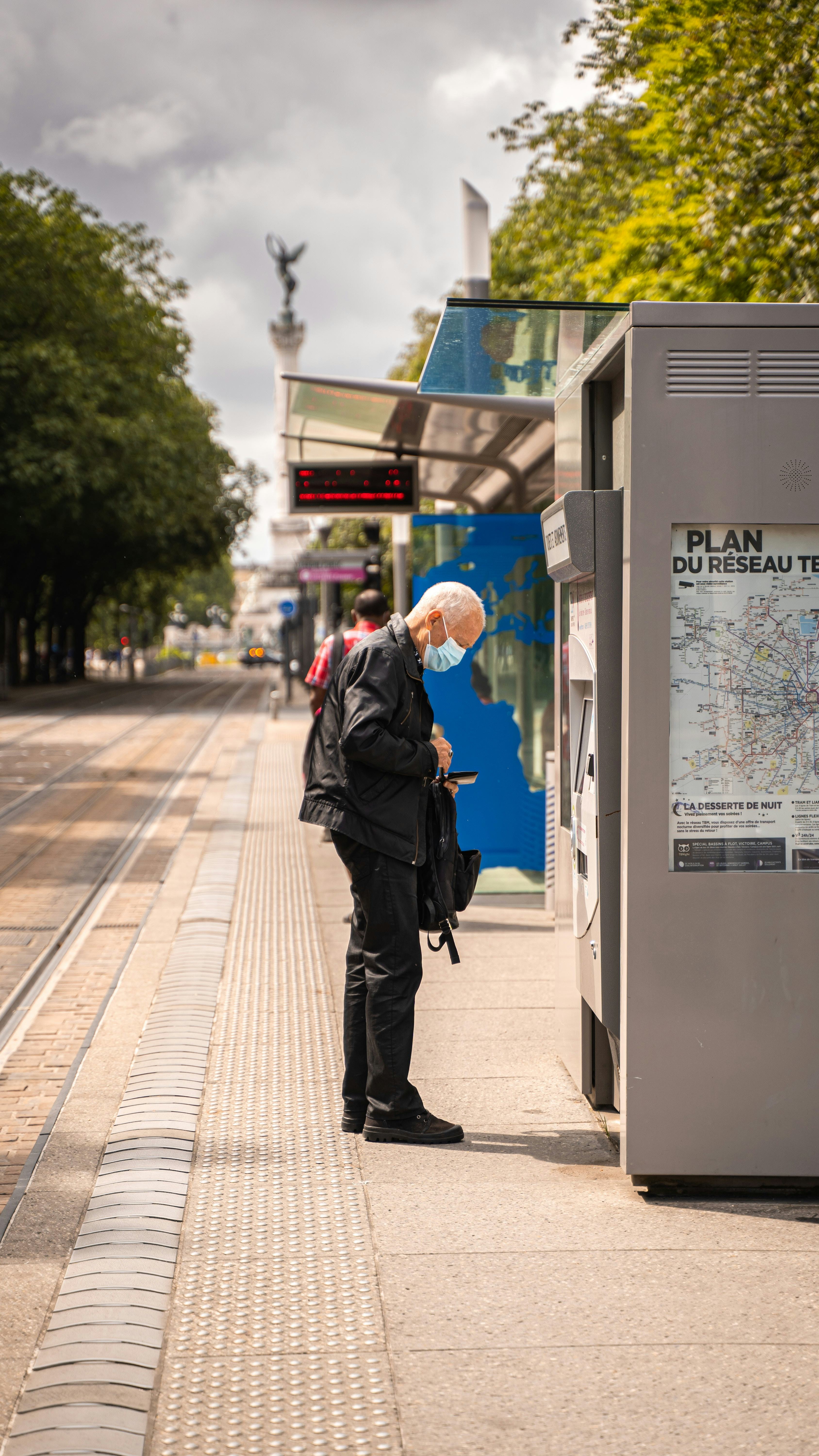Generative AI in the public sector
Generative AI is a cutting-edge technology that uses advanced algorithms and machine learning techniques to generate new ideas, designs, and solutions. Unlike traditional AI, which is focused on data analysis and prediction, Generative AI can generate novel solutions to complex problems.
In the public sector, Generative AI has the potential to transform every aspect of the value chain, from policy and development to execution and beyond.

Data Management and Analysis: The public sector faces challenges in effectively managing and analyzing increasing amounts of citizen and service data. Generative AI can optimize data management, automate tasks, and extract meaningful insights for informed decision-making.
Meeting the Needs of Growing Population Groups: The public sector must efficiently deliver services to accommodate the needs of a growing population. Generative AI can streamline workflows, automate administrative processes, and improve resource allocation for effective service delivery.
Bridging the Gap between Private and Public Sector Services: Citizens expect personalized and data-driven services, which can be challenging for the public sector. Generative AI enables personalized experiences, enhances citizen engagement, and helps the public sector meet evolving expectations.
The public sector deals with vast amounts of data that need to be efficiently managed and analyzed to derive insights for decision-making and policy development. Generative AI can be used to streamline processes, reduce human error and make data-driven decision making a more efficient process. Consequently, resource allocation will be improved, service delivery will be optimised and costs will be saved.

The public sector aims to engage citizens effectively and provide personalized services, but it can be challenging to understand individual needs and preferences and deliver tailored experiences. Generative AI can analyse citizen feedback, sentiment analysis, and other data to gain insights into citizen preferences. It can enable personalized recommendations, targeted communication, and customized service delivery. This will allow public sector organizations to enhance citizen satisfaction, improve service quality, and create a more citizen-centric approach. Citizens receive services that align with their preferences, leading to increased trust, engagement, and overall well-being.

Building sustainable and efficient cities while ensuring public safety and improving quality of life is a complex challenge for the public sector. Generative AI can analyse data from various sources, such as sensors and IoT devices, to optimize traffic flow, improve urban planning, and enhance public safety. It can enable predictive models and real-time monitoring. This way, public sector organisations can create more livable, sustainable, and safe environments for citizens. Traffic congestion is reduced, infrastructure is optimized, and safety measures are enhanced, leading to improved quality of life and well-being.

Generative AI can play a crucial role in smart city initiatives by integrating with Internet of Things (IoT) devices and analyzing vast amounts of data generated by sensors, connected devices, and various urban systems. It can process and interpret this data to drive insights and enable intelligent decision-making.For example, Generative AI can:
· Traffic Management: By analyzing real-time data from traffic sensors, surveillance cameras, and GPS devices, Generative AI can optimize traffic flow by predicting congestion patterns, suggesting alternative routes, and dynamically adjusting traffic signals. It helps reduce traffic congestion, minimize travel times, and improve transportation efficiency.
· Energy Optimization: Generative AI can analyze energy consumption patterns, weather data, and building sensors to optimize energy usage in smart buildings and public spaces. It can suggest energy-saving strategies, manage peak demand, and improve energy efficiency, resulting in reduced carbon emissions and cost savings.
· Public Safety: Integrating Generative AI with video surveillance systems and sensor networks enables real-time monitoring and analysis of public spaces. It can detect unusual activities, identify potential threats, and alert authorities in a timely manner, enhancing public safety and emergency response capabilities.
· Urban Planning: By analyzing demographic data, environmental factors, and citizen feedback, Generative AI can assist urban planners in designing sustainable and inclusive communities. It can simulate and evaluate different scenarios to optimize land use, infrastructure development, and resource allocation, leading to better urban planning decisions.
Discover how generative AI can improve efficiency, drive innovation, and enhance citizen experiences